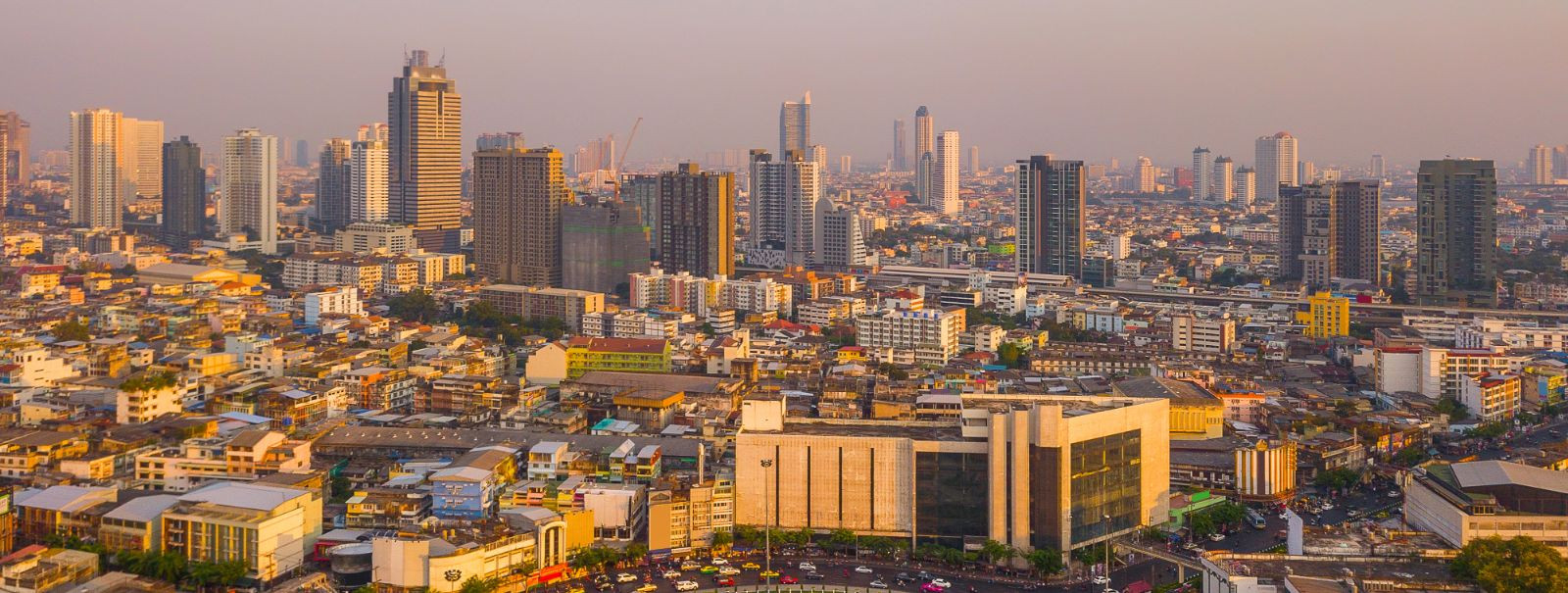5 ways advanced mapping shapes the future of cities
Advanced mapping, a cornerstone of modern urban development, refers to the use of sophisticated technology to create detailed representations of cities. These dynamic maps go beyond mere geography; they encompass layers of data including demographics, infrastructure, and environmental factors, providing a comprehensive view that is critical for informed decision-making in urban contexts.
Over the past few decades, mapping technologies have evolved from simple paper maps to complex digital models. Today, Geographic Information Systems (GIS), satellite imagery, and drone surveys provide multi-dimensional, real-time data that is transforming how cities are planned and managed.
1. Enhanced Urban Planning and Development
Advanced mapping enables the creation of 'smart cities' by integrating data from various sources to optimize urban functions and drive economic growth. It supports the development of intelligent transportation systems, energy distribution networks, and efficient public services.
With precise mapping, city planners can make better decisions about land use, zoning, and resource allocation, ensuring that development is sustainable and meets the needs of the population.
2. Infrastructure Development and Management
Utility mapping is essential for the maintenance and expansion of urban infrastructure. Advanced mapping technologies enable the accurate location of underground utilities, reducing the risk of damage during construction and ensuring the safety of workers and the public.
Advanced mapping plays a pivotal role in designing transportation networks that are efficient and accessible. It helps in planning routes, managing traffic flow, and integrating different modes of transport, which is vital for the economic vitality of cities.
3. Environmental Monitoring and Sustainability
Mapping technologies are indispensable tools for assessing climate risks and planning for resilience. They allow cities to identify vulnerable areas, plan for extreme weather events, and implement strategies to mitigate the impacts of climate change.
Advanced mapping aids in the conservation of green spaces and biodiversity within urban areas. By analyzing spatial data, cities can plan and manage parks and natural reserves more effectively, promoting environmental health and the well-being of residents.
4. Public Safety and Emergency Response
Accurate and up-to-date maps are crucial for disaster preparedness and emergency response. They enable authorities to plan evacuation routes, locate shelters, and coordinate relief efforts efficiently in the event of a crisis.
Advanced mapping technologies facilitate real-time tracking and management of incidents, from traffic accidents to public health emergencies, ensuring that response teams can act swiftly and effectively.
5. Economic Growth and Investment
Investors and developers rely on advanced mapping for real estate analysis and market research. It provides valuable insights into property values, development potential, and demographic trends, which are essential for making informed investment decisions.
By showcasing the advantages of a city's infrastructure, amenities, and services through detailed maps, local governments can attract businesses and tourists, boosting the local economy and creating job opportunities.






Comments (0)